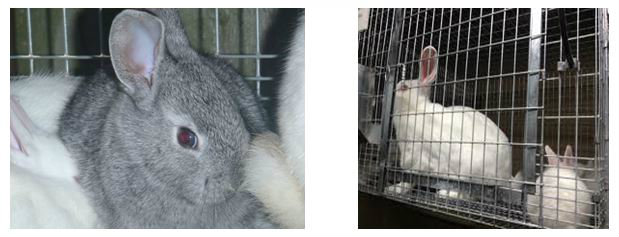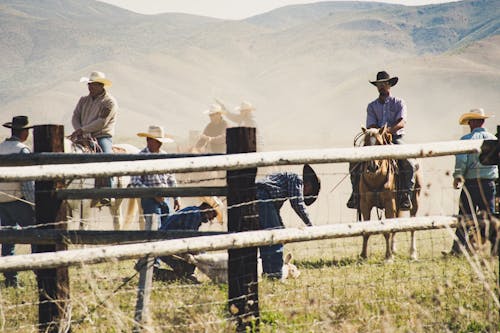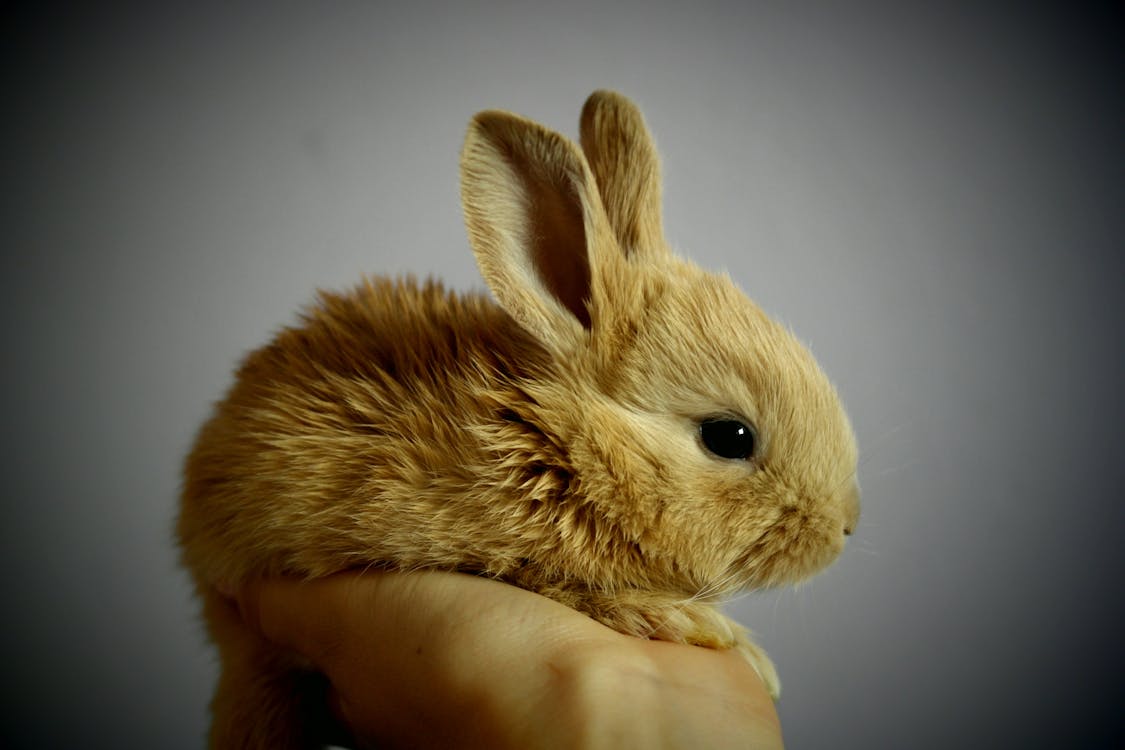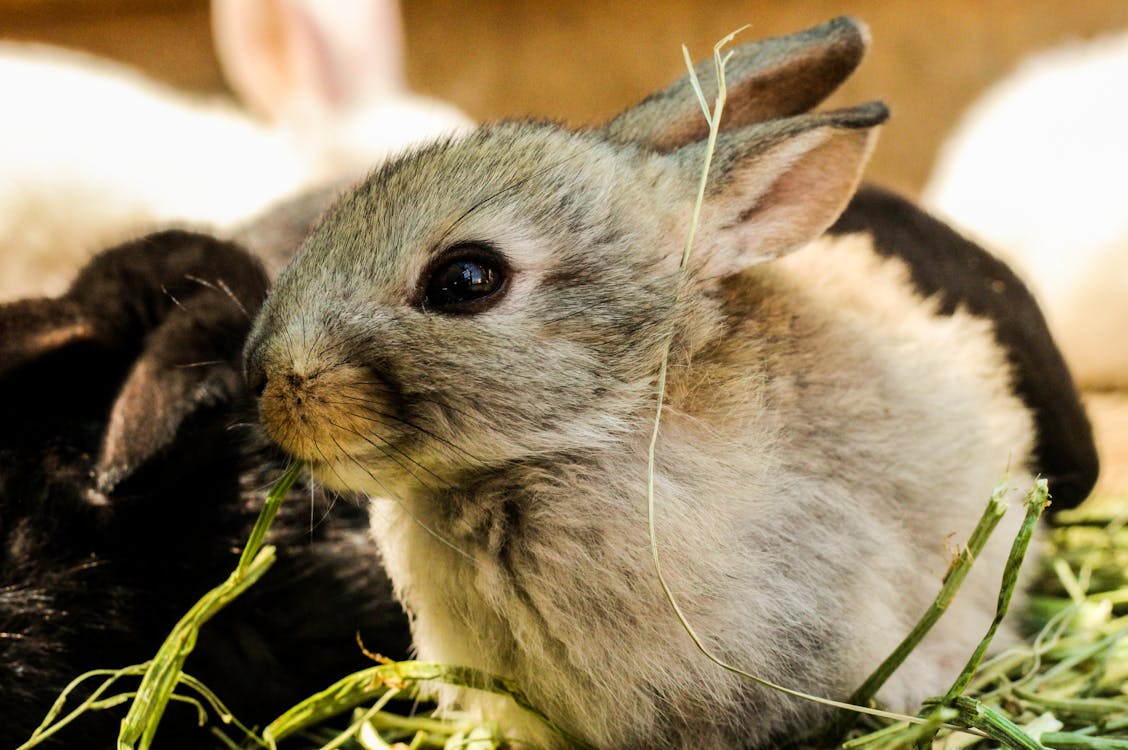Call our team at Louis Page: 978-486-3116 | Free Quote
The Fence Post
How To Install A Garden Fence - Video
July 5, 2013 | by Duncan Page
Topics: welded wire mesh, garden fence
What Is High Tensile Wire Fence?
June 25, 2013 | by Rick Hoffman
A Preferred Choice for Controlling Livestock
High tensile wire is regarded as the most significant improvement in farm fencing since the introduction of barbed wire in 1874. While relatively new in the US, it has been used to effectively control cattle, sheep, and other livestock on ranches in other countries for over 50 years. It has now become the preferred choice for agricultural fencing in the USA.
Low vs. High Carbon Content
Low carbon wire is made from steel rod with a carbon content of approximately 0.10%. This type of wire is easy to work with and fairly forgiving. However, it is prone to elongation, falling victim to stretching and sagging. And its strength is low when compared to high tensile wire.
High tensile wire fence: Advantages
- Lower overall costs due to smaller diameter wire and fewer posts used
High tensile wire can be installed using fewer fence posts than low carbon fence- High tensile: post spacing up to 16.5 feet vs low carbon: post spacing 8 to 10 feet
- Stronger – about twice the strength
as low carbon wire for effectively controlling any type of livestock: horses, hogs, cattle, deer, sheep, goat, etc. - Lighter weight means easier handling during installation
- Very low maintenance
- Longer life – 40 plus years if properly maintained
- Can be easily electrified
- More secure
- Looks neater
- Much safer for livestock than barbed wire
- Class 3 galvanizing is standard
With high tensile wire, build a long-lasting, low maintenance fence for nearly half the price of a conventional low carbon fence. Make sure you know that the wire you're getting is high tensile--call Louis Page for details.
Topics: high tensile wire, galvanized
How To Splice Woven Wire Fencing Material
June 20, 2013 | by Debbie Page
A Helpful How-to on Splicing
Do you have a woven wire fence that needs repair? Has this ever happened to you?
- You have two rolls of fence you need to splice together.
- You need to cut out a damaged section of your fence and splice in a new section to replace it.
- Some strands of your fencing material have broken and are in need of repair.
- You're unsure of how to repair these problems so that your fence can function as intended.
Watch this video and learn a couple of different ways you can splice a woven wire fence.
Have you discovered other helpful techniques for mending and splicing woven wire fences you'd like to share?
Topics: woven wire, how to
Can You Still Buy American Made Fence Material?
June 13, 2013 | by Rick Hoffman
Yes! You Can Still Buy American-made Fencing
Nowadays, it seems like everything is made in China or some other country. While this may be true for a lot of products, it is not true for all fence products. There are a lot of fence products still made with pride and exceptional quality in the great US of A! In fact, most fence products are still available from domestic manufacturers.
- GBW, GAW, and Vinyl Coated welded wire fencing materials are all available from US manufacturers such as Riverdale Mills (Northbridge, MA) and C.E. Shepherd (Houston, TX).
- Bekaert Corp. manufactures all types of low carbon and high tensile field fence, horse fence, sheep & goat fence, and deer and wildlife fence in galvanized, zinc aluminum, and black paint over ZA finishes.
- Stay-Tuff Fence Manufacturing produces high tensile deer & wildlife fence, field fence, horse fence, goat fence, and barbed wire in New Braunfels, Texas.
- Oklahoma Steel makes a wide variety of field fence, barbed wire, deer and wildlife fence, agriculture panels, horse fence, and GBW welded wire in Madill, OK, and Centerville, IA.
- Franklin Steel produces top-quality steel painted and galvanized studded T fence posts in Franklin, PA.
These companies employ hard-working, tax-paying Americans! American-made products are superior in quality and are surprisingly price competitive versus imported products. American-made products provide an overall better value than lesser quality imports because the fence will last many years longer and will not need to be replaced. Just think of the hassle, expense, and inconvenience you will avoid! Just like the old saying “You get what you pay for.”
>You may be aware of “The Buy American Act” which restricts the purchase of supplies that are not domestic end products. For manufactured end products, the Buy American Act uses a two-part test to define a domestic end product.
- The product must be manufactured in the United States; and
- The cost of domestic components must exceed 50 percent of the cost of all the components.
The Buy American Act applies to all U.S. Federal government agency purchases of goods valued over the micro-purchase threshold but does not apply to services. Under the Act, all goods for public use (articles, materials, or supplies) must be produced in the U.S., and manufactured items must be manufactured in the U.S. from U.S. materials. Many states and municipalities include similar geographic requirements in their procurement legislation.
If quality and supporting America are important to you, please consider buying products made in the USA the next time you need fencing. Sure you may pay a little more, and you may have to dig a little deeper to find products made in the USA since most retailers and discount online sellers primarily sell imported products. But the effort and added costs are well worth it in the long run. Go USA!


Topics: field fence, GAW, GBW, vinyl coated
Why Use Baby Saver Rabbit Cage Wire?
May 31, 2013 | by Rick Hoffman
BABY SAVER wire is designed specifically for protecting kits (baby rabbits) in rabbit cages. Unlike standard welded wire mesh which has a 1” x 2” mesh for the entire width, this wire mesh has a ½” x 1” mesh for the bottom 4” which prevents kits from falling or being pulled through the cage.
Even though baby saver wire is more expensive than the standard wire used for rabbit cages, the cost is more than worth it to prevent the loss of kits. After all, what good is a rabbit cage if it does not protect the kits?
Baby saver is welded from 14 gauge wire and is available in both GAW (Galvanized After Weld) and GBW (Galvanized Before Weld) finish. The GAW wire will last far longer than the GBW. After the welding process, the mesh is drawn through a bath of molten zinc. The weld spots and wires are thoroughly protected from rust and corrosion. Although more expensive initially, you will save the expense and hassle of replacement.
Ordering Details
Rolls are 18” x 100’. The bottom 4” has a mesh opening of ½” x 1” and the top 14” has a mesh opening of 1” x 2”. It is made of 14 gauge galvanized steel wire for strength and security.
Make extra sure those little limbs are safe with our 14 gauge, ½" x ½" baby saver wire.
Protect your kits from an untimely death by choosing baby saver wire so you and your rabbits can enjoy peace of mind! Your Mama rabbits will thank you!


Topics: welded wire, baby saver, galvanized after
Help is Always Available
Choose the best fence solution for your needs at the best price
CUSTOM QUOTES
No minimum order required
Farms & Fields | Homes & Gardens | Parks & Public Spaces | Construction Sites
Serving America's Fencing Needs Since 1893

Thank you so much for your prompt and explaining emails and phone calls. I am very happy with the order and follow through. You are very much on top of your game and the service is beyond excellent.
Thank you for your outstanding service and delivery time! I place orders all over the country, and sometimes it takes three or four days just to get products ready for shipment. NOT AT LOUIS E. PAGE. You guys are on it.
Congratulations on this milestone! When our clients request mesh or welded wire, you are our go-to source! Thanks for being a leader in the industry & one we can reliably count on!
Thank you, we received the fence and appreciate the good service from Louis Page. We will call next time we need fence!
I have been dealing with Louis E. Page, Inc. for over 20 years. I build shooting preserves. We will be purchasing all of the Bird Pen materials from you. I just want to thank you for the years of great service. Your products are all High Quality and you always have what I need to complete my projects.
Get in Touch
1 Main St Whitinsville, MA 01588 (Limited pickup in Whitinsville)
978-486-3116
8:30 to 4:30 (EST) Mon through Fri
* Website prices reflect the prices from our default vendors. Occasionally we are unable to obtain the wire from these vendors; substitutions may be available and may result in a higher price. We will inform you of any price difference if this occurs. Prices are subject to change based on current vendor availability and current price of steel. If this occurs we will inform you of any price difference before processing your order.













